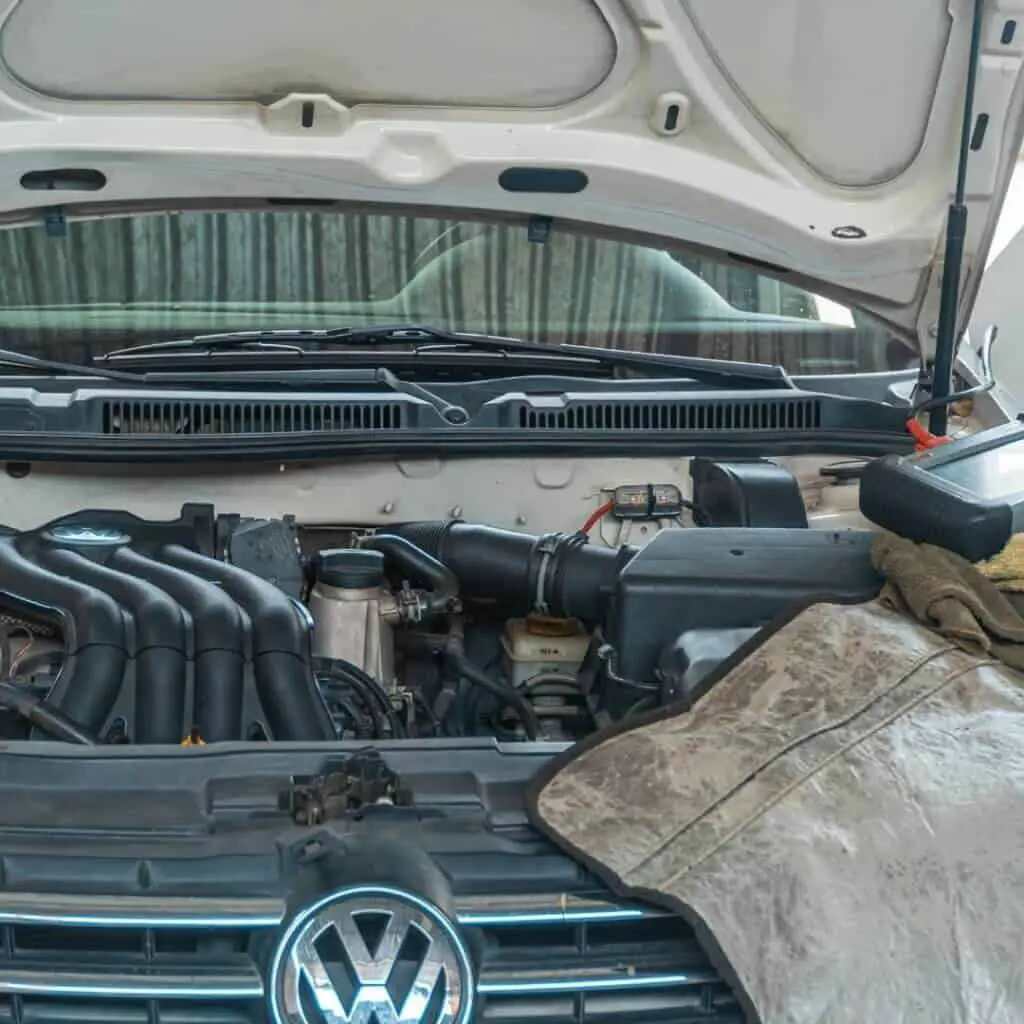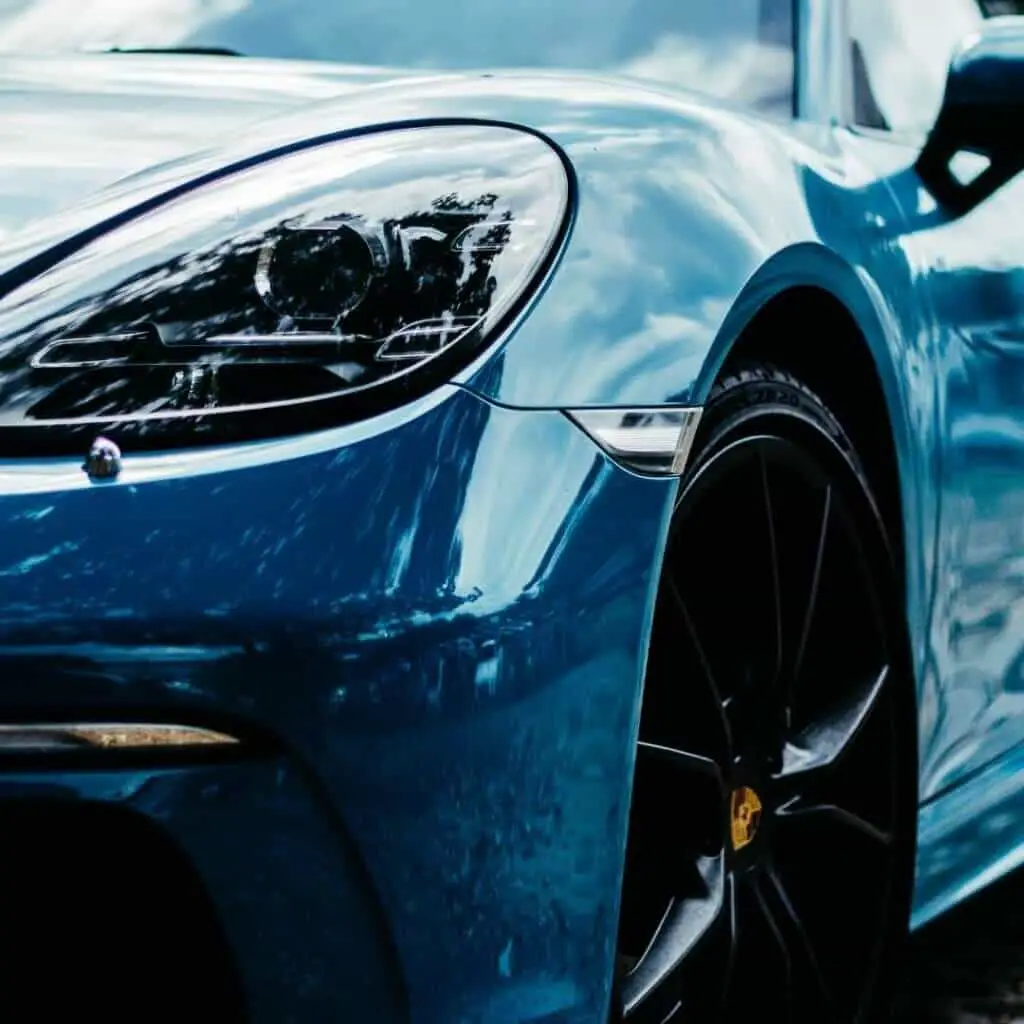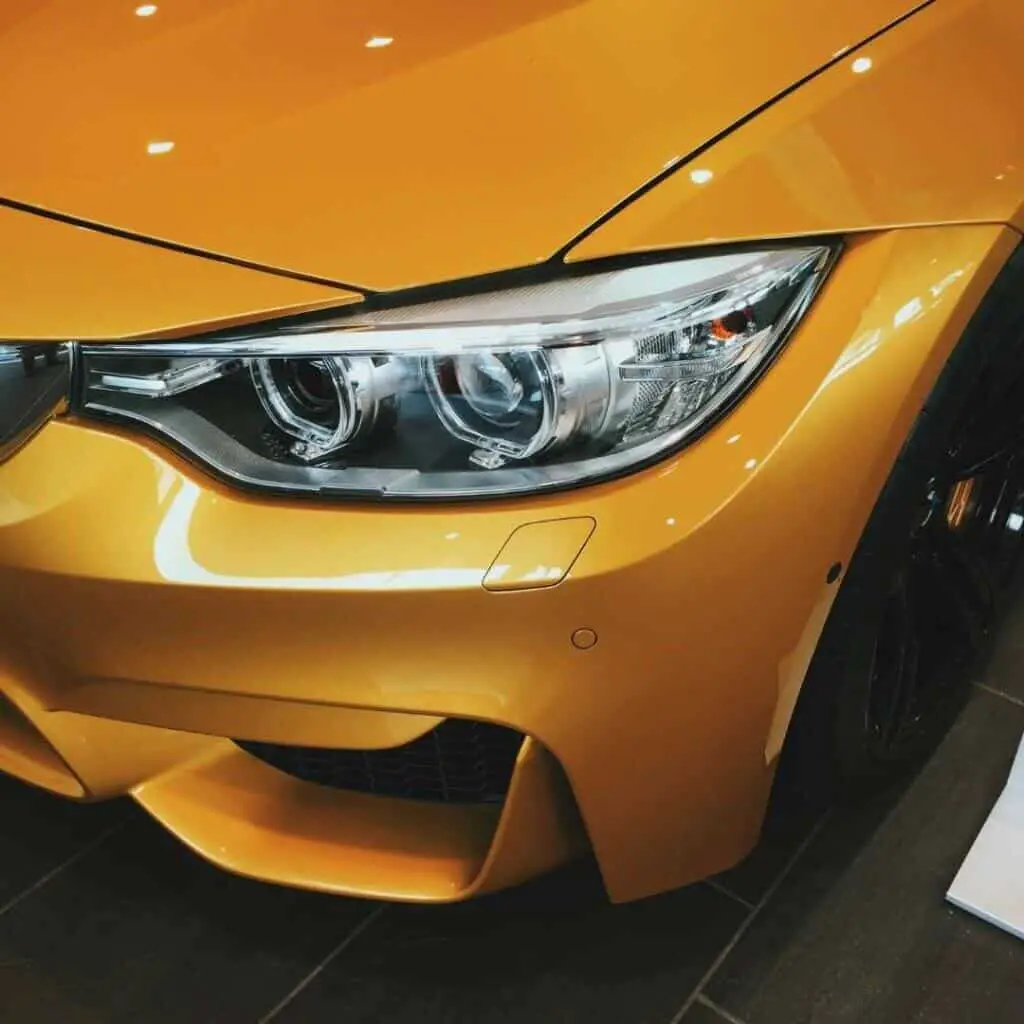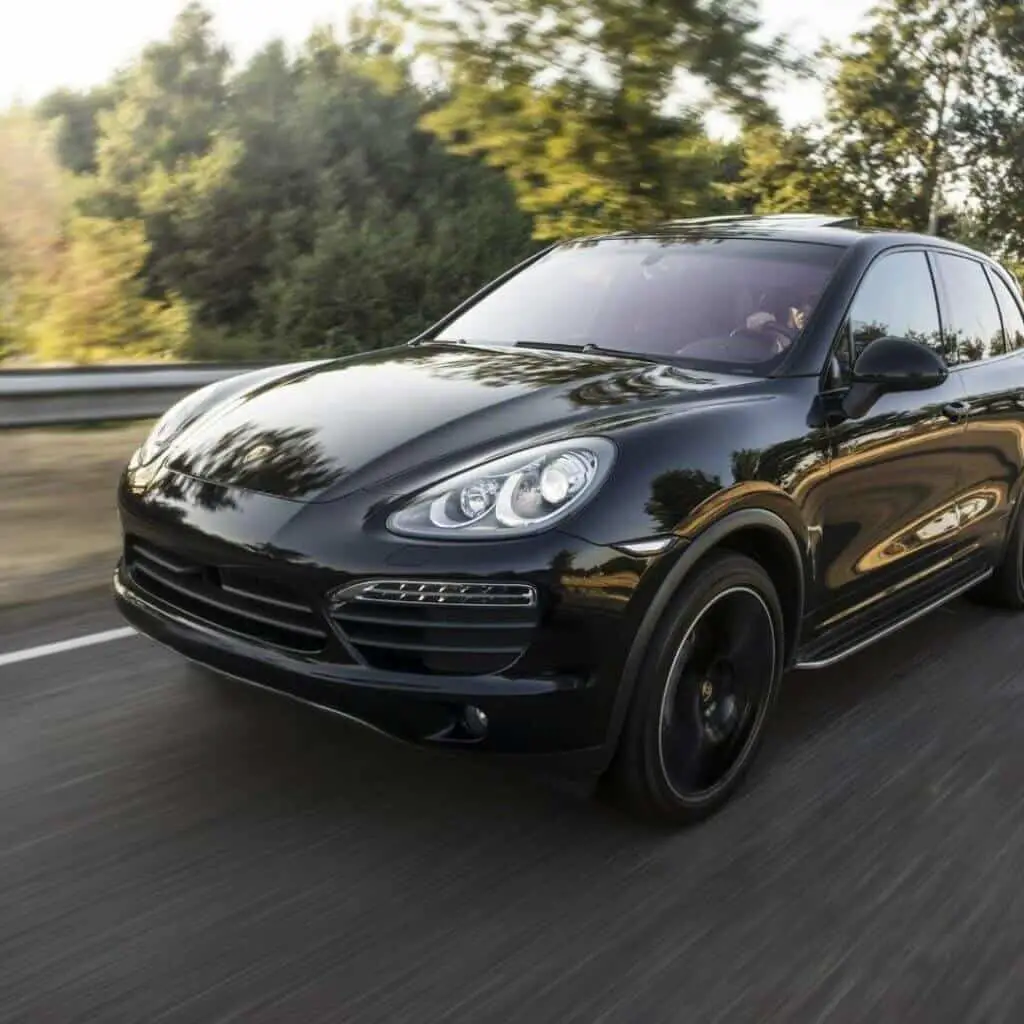Are you worried about potential Subaru Outback problems?
The Outback has been Subaru’s primary model for almost 25 years. It combines the utility of an estate car with the tough appearance of an SUV. The first Outback debuted in 1994. It was a refinement of Subaru’s Mk2 family vehicle, the Legacy Wagon.
Since then, Subaru has created a high-riding Legacy estate model. Two engine options are available for the Subaru Outback: a 2.0 flat four-cylinder diesel engine and a naturally aspirated 2.5-liter four-cylinder boxer petrol option.
Both connect to a continuously variable automatic transmission (CVT). The CVT imitates an eight-speed gearbox and reduces the grating engine noise.
The Subaru Outback is a well-liked option because of its distinctive style. It is easily categorized as an off-road station wagon with features seen in mid-size SUVs, such as more internal room and storage.
In addition to being a great SUV substitute, it is loaded with safety features and well-suited for family purposes.
However, several issues have been reported throughout the Outback’s time. Electrical issues with the Subaru Outback are generally the worst problem category.
Even though the 2015 Subaru Outback has the most complaints overall, CarComplaints rate the 2013 model year as being worse [1].
This can be attributed to other potential causes like higher repair costs or more issues at lower mileage. The 2017 Subaru Outback’s dead battery is the most commonly reported issue.
Most Common Subaru Outback Problems
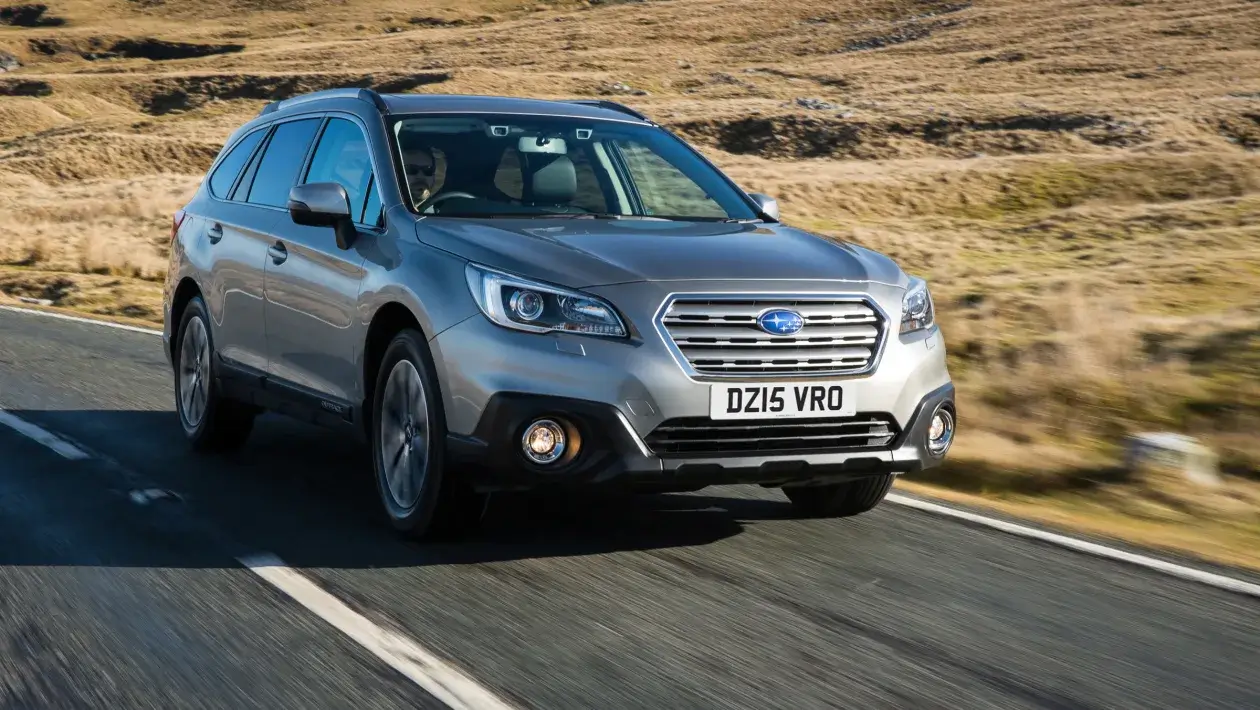
- Battery Problems
According to customer feedback, premature battery death is a typical issue for Subaru Outback owners [2]. The Outback has seen this issue since 2015, and reports of it are still being made for the most recent models.
The normal automobile battery is expected to last roughly 3 to 4 years. However, owners have reported having to change the battery several times in a rather short period.
There have been several incidents where flat batteries have left owners stranded. And most of the time the battery just seems to die suddenly. An Outback in New York needed to be towed twice and had less than 200 miles on the clock. The battery also needed to be replaced.
Despite Subaru being aware of the issue, there doesn’t seem to be a fix for it. What is certain is that the electrical system of the car, not the battery, is the source of the issue. If the battery dies, a replacement will be required, usually at the owner’s expense.
- Vibration or Shudder During Acceleration
Subaru Outback owners have complained about vibration or a shudder during acceleration with models from 2000 to 2017. Most drivers would experience this issue after close to 110,000 miles on their car. However, some might have had the same experience far earlier.
The root source of the problem has not yet been identified. However, some people think the vibration is caused by issues with the torque converter in the transmission [3].
All-wheel drive vehicles are powered by a torque converter, which also makes the wheels move smoothly. It’s crucial to ensure that all of the wheels are turning at the RPM recommended for your driving movements.
The outside wheels usually cover more ground than the inside wheels when the vehicle is turning. This indicates that the outside wheels are turning more quickly than the interior ones. The torque converter makes it possible for that to occur while maintaining a comfortable ride.
The wheels frequently shake and rattle during accelerating or turning in cases where the torque converter malfunctions. Wheels that tremble and vibrate can be frightening and lead you to believe there is a more serious problem.
If the transmission torque converter is to blame, the vibration can be eliminated by installing a new component.
- Windshield Cracking
The windshield is prone to cracking and failing, which is a well-known Subaru issue that is not specific to the Outback. According to Top Class Actions, Subaru has been sued numerous times by customers who purchased its 2017–2019 vehicle offerings owing to faulty windshields [4].
The windshields have been known to crack spontaneously or as a result of coming into contact with small particles of debris. In these disputes, the 2017–2019 Subaru Outback has been the major culprit.
In most cases, a minor crack grows larger and larger over time. Subaru has been reluctant to fix this under warranty, which causes owners a great deal of trouble.
The only option if your windshield cracks is to have it fixed right away. You should push to have this covered under warranty.
- Head Gasket Failure
Many Outback owners have indicated problems with the engine’s cooling system because of head gasket failure. Models from 2000 to 2018 have experienced this issue, which normally manifests at a mileage of roughly 100,000 miles.
The head gasket serves as a seal between the engine block and the cylinder head. It prevents pressure losses and fluid leakage [5]. The aluminum cylinder head on the Outback contributes to a reduction in engine weight.
Unfortunately, as the engine compartment gets heated, aluminum heads are vulnerable to damage. The most typical signs of a blown head gasket are white smoke, oily odor, loss of power, and overheating of the car [6].
A small degree of warping could cause the head gaskets to rupture and let oil leak from the engine compartment.
If you allow a leaking head gasket to go unattended for too long, it could develop into a significant issue. The absence of oil may result in high engine heat and mechanical component failure.
For example, damaged or deformed valves could result in harsh engine operation.
You need to monitor the oil levels in your Outback carefully and look out for unusual oil loss. If oil is amassing around the cylinder heads, the heads, and head gaskets are probably at fault.
A blown head gasket will need to be replaced. The head gasket itself is not extremely expensive. However, changing it requires a lot of effort, which greatly raises the cost of repair.
- Damaged oxygen sensors
Oxygen sensor failure has been reported in several Subaru Outback models. The sensors frequently develop cracks that prevent them from functioning properly. Each Outback has an oxygen sensor that aids in maximizing fuel efficiency. But the sensor malfunctions when it is cracked. [7]
When the oxygen sensor malfunctions, the Check Engine light will come on. Subaru conducted a recall to swap out the fragile oxygen sensors with more robust ones after the issue became widespread [8].
The issue occasionally affects relatively newer models with substantially lower mileage. But it frequently occurs when the Outback has significantly more than 100,000 miles on it. The most vulnerable Outbacks to oxygen sensor failure are those produced between 2000 and 2003.
You are lucky if the Check Engine light comes on and indicates which sensor has to be replaced. This won’t happen frequently. You might need to replace them all if the light doesn’t indicate which sensor has malfunctioned.
Related: Subaru XV Problems
Conclusion
The Outback, which was introduced in 1995, has a station wagon-style design. However, it also fits in well with other SUVs. It is a well-liked option due to its toughness and ability to handle anything from daily errands to off-road adventures.
Nevertheless, before deciding whether or not the Subaru Outback is the appropriate car for you, you should learn about common issues with this model. This is especially true if you’re purchasing a used car.
The Subaru Outback has been the subject of several issues, the most common being electrical problems like sudden battery failure. Other reported problems include windshield cracking or warping, defective oxygen sensors, vibration or shudder during acceleration, head gasket failure, and transmission issues.
Despite these widespread Subaru Outback issues, it is still very much in demand. It boasts a cabin that is roomy and standard AWD. You also receive a variety of basic and optional safety features with newer models, which is something SUV drivers frequently value.
Notably, the Subaru Outback is still among the most dependable automobiles on the market. If you maintain the vehicle properly, it should endure for more than 200,000 kilometers before requiring significant repairs.
Read Also: VW 4motion Problems

